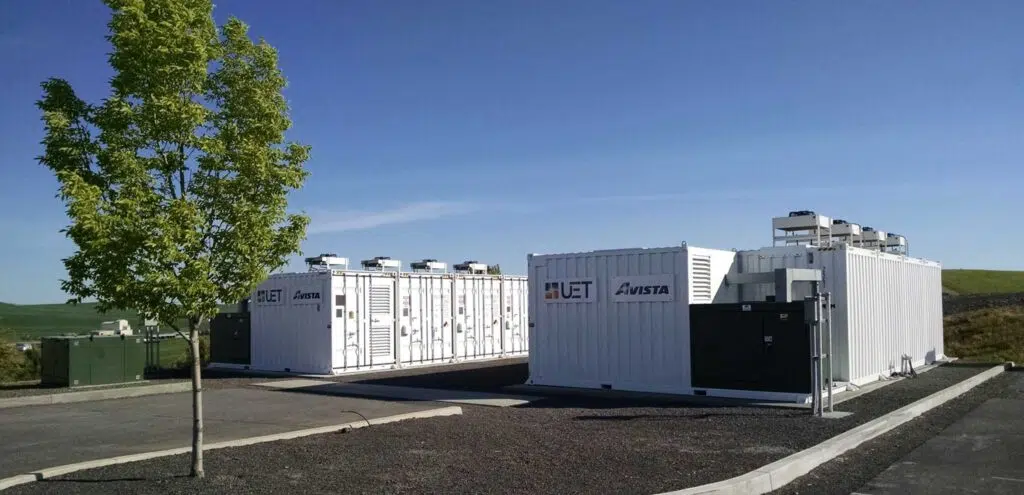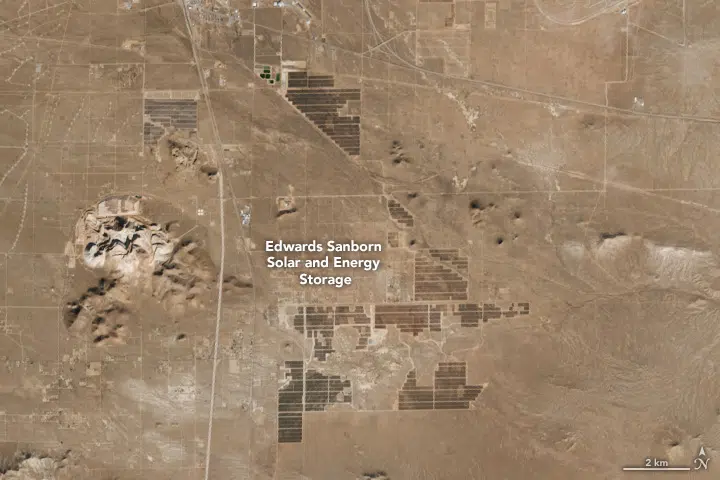Why solar lighting is best for BESS
In 2022, a historic milestone was reached in the U.S. electricity sector: renewable energy sources generated more power than coal for the first time. Just a year earlier, renewables had already outpaced nuclear energy. Looking ahead, the International Energy Agency (IEA) forecasts that by 2050, renewables will supply nearly 44% of the country’s electricity—with solar energy accounting for over half of that share.
These developments are encouraging, but they also bring new challenges. Unlike fossil fuels, which provide a steady and predictable energy flow, many renewable sources—like wind and solar—are intermittent and depend on environmental conditions. This means that energy must be stored for use when it's needed most.
If you thought of batteries when you read “energy†and “storage,†you’re on the right track! Lithium-ion batteries play a key role in integrating renewable energy into the grid and helping to balance demand. As the need for energy storage grows, so does the scale of Battery Energy Storage Systems (BESS). These large-scale facilities can cover up to 4,600 acres and store as much as 3,300 MWh of energy.
Given their remote locations, large size, and environmental focus, BESS sites are ideal candidates for solar lighting. In this article, we’ll explore the current and future state of BESS, the challenges of lighting these facilities, and why solar is the smart choice.
What is a Battery Energy Storage System (BESS)?
A BESS functions like a financial savings account—energy can be “deposited†during times of low demand and “withdrawn†when needed. This energy can come from renewable sources such as solar or wind farms, or from the grid itself during off-peak hours.
Beyond just a battery, a BESS consists of multiple battery modules, inverters to convert DC to AC power, a battery management system to control charging and discharging, and sensors to monitor performance. All of these components are typically housed in a structure resembling a shipping container.

BESS: Growing in Scale and Importance
Since the mid-2000s, around 460 BESS installations have been built across the U.S. This number is expected to rise rapidly due to the growth of electric vehicles, AI, and smart devices. The Inflation Reduction Act has further boosted the industry by offering a 30% investment tax credit, which can also apply to solar lighting projects.
>>Watch the history of battery storage plants in the United States (click on any point to see its details)<<
Lighting BESS Facilities
Like solar farms, military bases, and industrial sites, BESS facilities can span hundreds or even thousands of acres. For example, Florida Power & Light’s Manatee facility covers the equivalent of 30 football fields. These sites require reliable lighting for roadways, parking lots, and access points to ensure safety and operational efficiency.
Many BESS sites are located in remote areas, such as the Edwards & Sanborn facility in the Mojave Desert. Installing traditional lighting in such locations is not only costly but also risky, involving trenching, cabling, and exposure to hazardous materials. This makes conventional lighting both impractical and expensive.

Source: NASA Earth Observatory exemplifies the typically remote locations of BESS facilities
A Reliable, Affordable, and Sustainable Solution: Solar Lighting
Solar lighting offers a fast, flexible, and non-intrusive way to illuminate BESS sites. Being fully autonomous, solar systems can be installed anywhere without the need for grid connections. Some models, like Sol’s all-in-one iSSL systems, can be set up in under 15 minutes with no special tools required.
After installation, solar lights provide long-term benefits such as energy savings, durability, and minimal maintenance. Since they are not connected to the grid or the BESS itself, they generate their own power and avoid utility costs. High-capacity batteries and durable fixtures reduce replacement needs, while self-cleaning, frameless panels make maintenance almost unnecessary.
Additionally, solar lighting aligns perfectly with the mission of BESS facilities, which are at the forefront of the clean energy transition. By using solar, these sites reinforce their commitment to sustainability and demonstrate progress toward a decarbonized energy future.
Have a BESS facility—or another project—you’d like to discuss? We’d love to hear from you!
Contact us
Color Coated Galvanized Steel Coil
1. Thickness: 0.13mm-0.8mm
2. Width: 600mm – 1250mm
3. Standard: JIS G3312-CGCC, CGC340-570,( 1965175,G550)
ASTM A755M CS-B, SS255-SS550
4. Zinc (Alu-Zinc) coating: 40-120 g / m 2
5. Paint: factory paint, Aksu, Japan and so on.
6. Color: RAL code (high gloss, metal, mat, printing, printing wood, printing brick, etc.)
7. Painting: Topcoat: 13? 25 mic; Backpack: 5? 10 mic
8.T-BEND: 3T / 4T
9. Impact: 9J / 6J
10. Hardness: G300- G550
Color Coated Galvanized Steel Coil,Color Steel Coil,Color Coated Galvanized Coil,Ppgi Galvanized Steel Coil
WENZHOU ICL INDUSTRIAL CO., LTD. , https://www.cniclsteel.com
